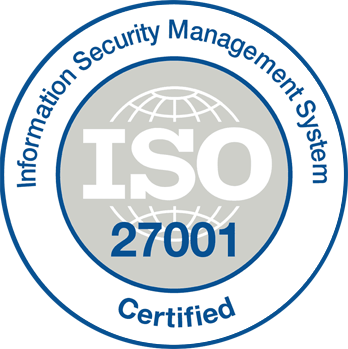Outsourcing software development projects can be a cost-effective and efficient way for businesses to access specialized expertise and resources. However, it can also come with its own set of challenges.
Following are the nine mistakes companies make when outsourcing software development projects. These include failing to clearly define project scope and objectives, poor communication and lack of collaboration between in-house and outsourced teams, and lack of monitoring of the outsourced work. Avoiding these mistakes can help ensure the successful completion of the project.
1- Failing to define the project scope and objectives clearly
Defining project scope and objectives is a common mistake when outsourcing software development. With a clear understanding of the needs and the specific requirements for the project to be accomplished, it can be easier for the teams of both sides to deliver a product that meets the needs of the business.
2 – Lack of communication and collaboration
Lack of communication and collaboration between in-house and outsourced teams can lead to misunderstandings and delays in the software development process. With clear and regular contact, it can be easier for the outsourced team to understand the needs of the business entirely and for the in-house team to provide practical guidance and direction.
3 – Insufficient oversight and monitoring
There needs to be more oversight and monitoring of outsourced work to avoid delays, cost overruns, and a final product that fails to meet the needs of the business. Proper supervision and tracking make it easier to identify and address issues as they arise, prolonging the development process and leading to a more successful outcome.
4 – Failing to establish clear and realistic timelines
Lack of establishing clear and realistic timelines is a common mistake when outsourcing software development projects. Unrealistic timelines can put unnecessary pressure on the outsourced team and result in delays and cost overruns. With a realistic timeline, it can be easier to manage the expectations of the stakeholders, and it can be easier to know when the project is falling behind schedule.
5 – Neglecting to set clear deliverables and milestones
Neglecting to set clear deliverables and milestones can make it challenging to track progress and measure success in the software development process. The clarity of landmarks is essential as they help to break down the task into smaller manageable chunks, making it easier to monitor progress and make adjustments as needed.
With clear deliverables, it can be easier to hold the outsourced team accountable for their work, and it can also make it easier to measure the project’s success.

6 – Need to establish clear roles and responsibilities
With clear roles and responsibilities, it can be easier for the outsourced team to know whom to turn to for guidance and for the in-house team to understand whom to hold accountable for progress and deliverables. A lack of defining clear roles and responsibilities can lead to overlapping tasks and missed deadlines.
7 – Failing to establish a clear management structure
Establishing a clear and compelling project management structure can lead to confusion, delays, and, ultimately, a less successful project outcome. With a clear project management structure, it can be easier to manage resources and ensure that all parties work together effectively.
8 – Neglecting to consider cultural and language barriers
Neglecting to consider cultural and language barriers can lead to misunderstandings and miscommunication between the in-house and outsourced teams. If there are language barriers, it can be challenging to communicate effectively, leading to misunderstandings and errors.
9 – Failing to address potential security and data privacy
Failing to address potential security and data privacy can lead to distrust when outsourcing software development projects. Outsiders can easily access and exploit sensitive information without proper security measures, leading to potential data breaches and loss of trust from clients.
10 – Neglecting to define transparent sharing and support plan
Once completed, you need to implement a knowledge transfer and support plan when outsourcing. Refrain from defining any such strategy to make it easier for the in-house team to take over the project. With clear knowledge transfer and help, it can be easier for the in-house team to understand the code, troubleshoot problems, and provide after-sale support.
Conclusion
In conclusion, outsourcing software development projects can be a cost-effective and efficient way for businesses to access specialized expertise and resources. However, it can also come with its own set of challenges. Businesses can improve their chances of project success by learning from common mistakes that companies make when outsourcing software development.
Such as failing to clearly define project scope and objectives, poor communication and lack of collaboration between in-house and outsourced teams, and lack of oversight and monitoring of the outsourced work.
FAQs
Some common mistakes include failing to define project scope and objectives, poor communication, and lack of collaboration between in-house and outsourced teams, and the need for oversight and monitoring of the outsourced work.
To avoid these mistakes, businesses should clearly define project scope and objectives, establish clear and effective communication channels, develop clear roles and responsibilities for all parties involved, set a clear and compelling project management structure, consider cultural and language barriers, address potential security and data privacy concerns, and put in place a plan for knowledge transfer and support.
To ensure the success of an outsourced software development project, businesses should clearly define project scope and objectives, establish clear and effective communication channels, and develop clear roles and responsibilities for all parties involved.
Businesses can address cultural and language barriers by providing language training, hiring a translator, and fostering an understanding of cultural differences among team members.
Businesses can ensure the project’s continuity by putting in place a plan for knowledge transfer and support before outsourcing software development, which includes detailed documentation, training, and ongoing support for the in-house team.









